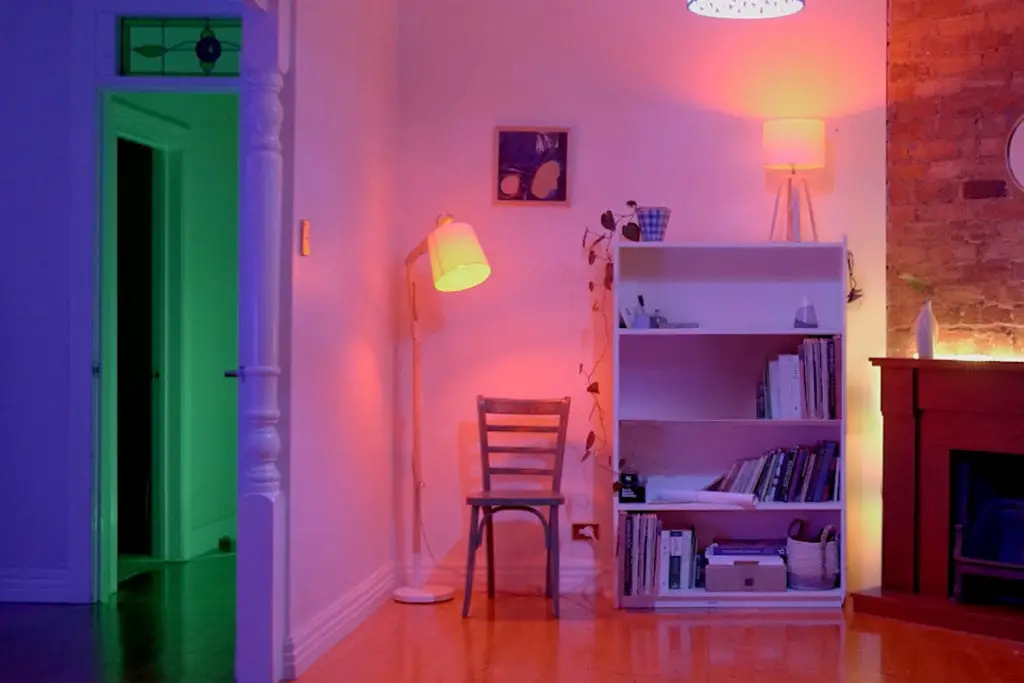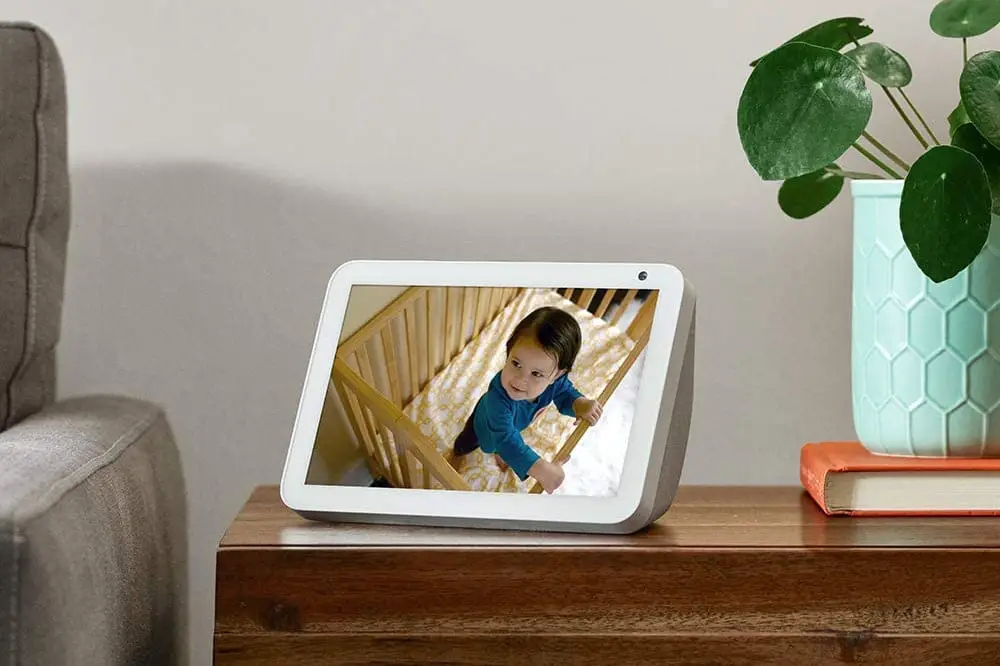With so many choices available and new technologies to master, owning a smart home can be daunting. But in just five simple steps, you can ensure you’re getting started in a way that will save you frustration later. This smart home tutorial is aimed at you, the smart home beginner.
We recommend you read this before buying any smart home gadgets so you don’t make the most common mistakes new smart homeowners make. If you already own smart home devices, share with us your experiences and tips in the comments section below our smart home tutorial so other readers can learn from your successes and mistakes, too!
Our Five-Step Smart Home Tutorial
With nearly a decade of experience with smart home technology, we’ve discovered what works and what doesn’t through good old-fashioned “trial and error.” But we would like your experience to be smoother than ours.
1. Make sure your Internet and Wi-Fi are up to the task.
Before buying your first smart home device, your Wi-Fi and your internet connection can handle the additional bandwidth necessary. Internet speeds are not as important here: as a general rule, for every 12 smart devices you have, you’ll need at least 5Mbps of available internet bandwidth. We recommend at least 10Mbps, however.
Requirements for available bandwidth on your Wi-Fi network are much higher, however. This is because devices — and especially those transmitting audio and video — do so at a much higher rate than they do over the Internet. As a result, just a few of these devices can suck up hundreds of Mbps of bandwidth, which can cause issues elsewhere.
| Devices | Recommended Minimum Internet Speed |
|---|---|
| Basic Smart Home with No Cameras | 25Mbps |
| Average Smart Home with Video Doorbell OR Security Camera | 50Mbps-100Mbps |
| Average Smart Home with Video Doorbell and Multiple Cameras | 150Mbps-300Mbps |
| Advanced Smart Home Applications | 300Mbps+ |
Our recommendation is to move bandwidth-hungry devices off your Wi-Fi and use Ethernet instead. You should always connect devices like desktop computers, streaming boxes, and gaming consoles via Ethernet cable. If your laptop has an Ethernet port, when you don’t require mobility, it’s a good idea to use that instead of Wi-Fi as it will require just as much bandwidth as a desktop computer.
As a general rule, we recommend getting a mid or higher-end mesh networking router and staying away from the cheapest internet plans (typically, the next package up is more than sufficient).
2. Hub or not to hub? Try a virtual assistant instead.
The smart hub is a relatively obsolete piece of the smart home these days, especially since most smart home devices use Wi-Fi to connect. We recommend opting instead for a virtual assistant like Amazon Alexa to control all your devices. Most smart devices support the platform, and there is a wide variety of “skills” you can add outside of the smart home that make a virtual assistant all the more useful.
This isn’t to say the hub could be a good fit for you. Devices that connect via a smart hub tend to be far cheaper than Wi-Fi-enabled ones because the electronic components needed for Wi-Fi connectivity aren’t cheap so that cost is passed onto you. Also, some types of smart devices, like lights, use a hub instead to lessen the strain on your Wi-Fi since they communicate at different frequencies than your wireless network.

3. Start with the basics.
It might be tempting to go wild and buy all kinds of smart devices right away, but budget can quickly become an issue if you do. So instead, we recommend that you start with the basics. Your first smart home buys should be a video doorbell and smart lights, as they offer the most immediate usefulness. Video doorbells are the cornerstone of a secure smart home, while smart lights are a useful convenience (they can even work together!).
From here, consider smart security cameras and a smart lock for any doors in your house with a separate deadbolt. Place the cameras near entry points to your house. With these basic smart devices, you will have dramatically improved the security of your home.
4. Focus on security and convenience.
With so many cool smart home gadgets, it can be tempting to go a little bit crazy. But as we’ve stressed throughout this smart home tutorial, starting with the basics will set you off on the right foot. Our readers most often tell us that they focused on security, convenience, or a mixture of the two. We agree, and it’s why we focus on video doorbells, smart security cameras, smart locks, and smart lights as a good place to start.
5. Keep it all up to date.
No smart home tutorial would be complete without a gentle reminder to keep everything up to date. Many smart home devices do this automatically, but it’s still a good idea to ensure the firmware of your devices is current. Many smart home issues are both caused (and fixed) by firmware updates.
Don’t forget to keep your smart home apps on your phone updated as well!

Wrapping Up
We hope you’ve found our smart home tutorial useful and have alleviated any concerns you might have. We have a host of recommendations for you to check out; see this page for more. And while this smart home tutorial didn’t cover privacy concerns, we recently wrote a blog post that you might be interested in reading on that topic.
Good luck, and welcome to the smart home!